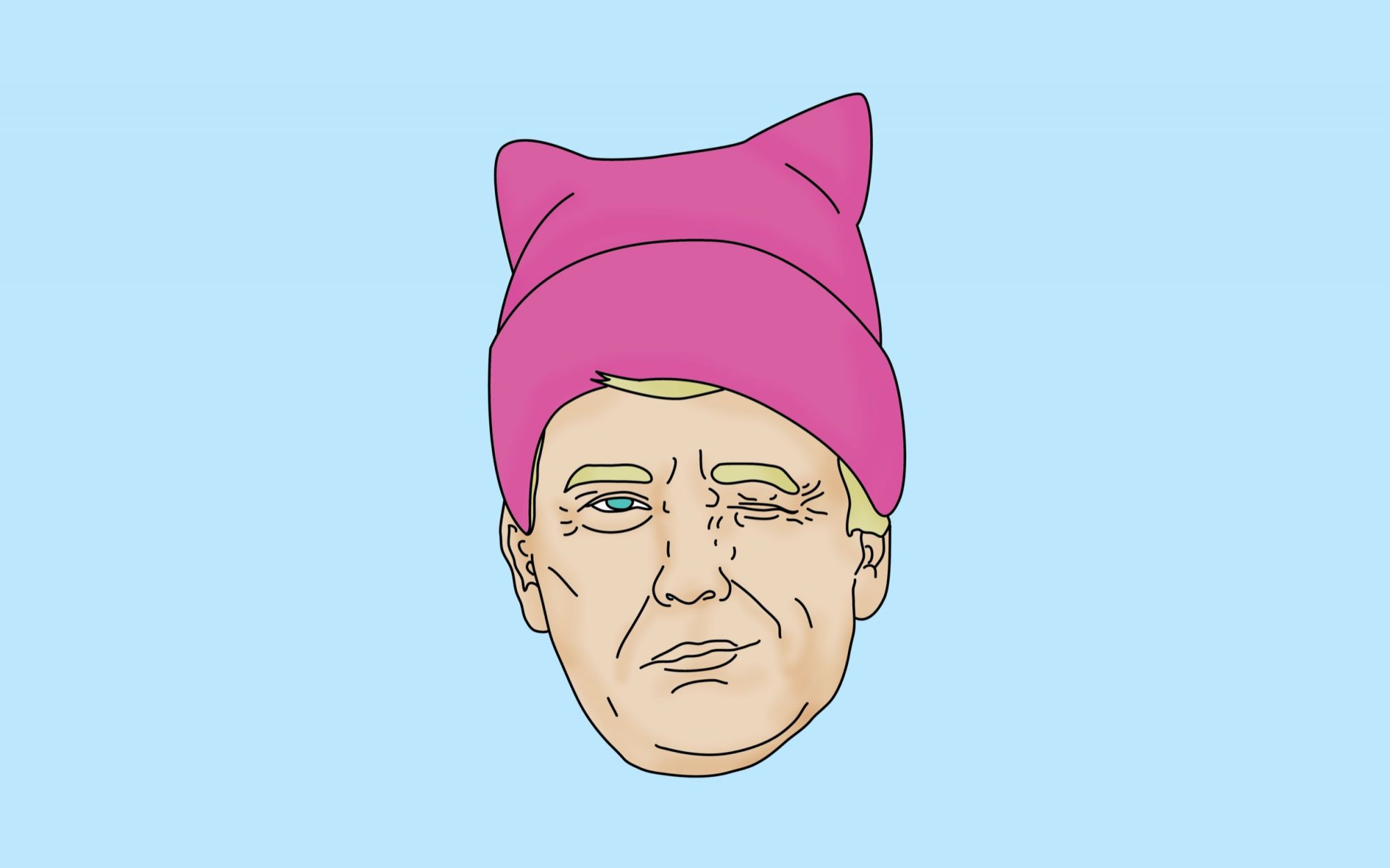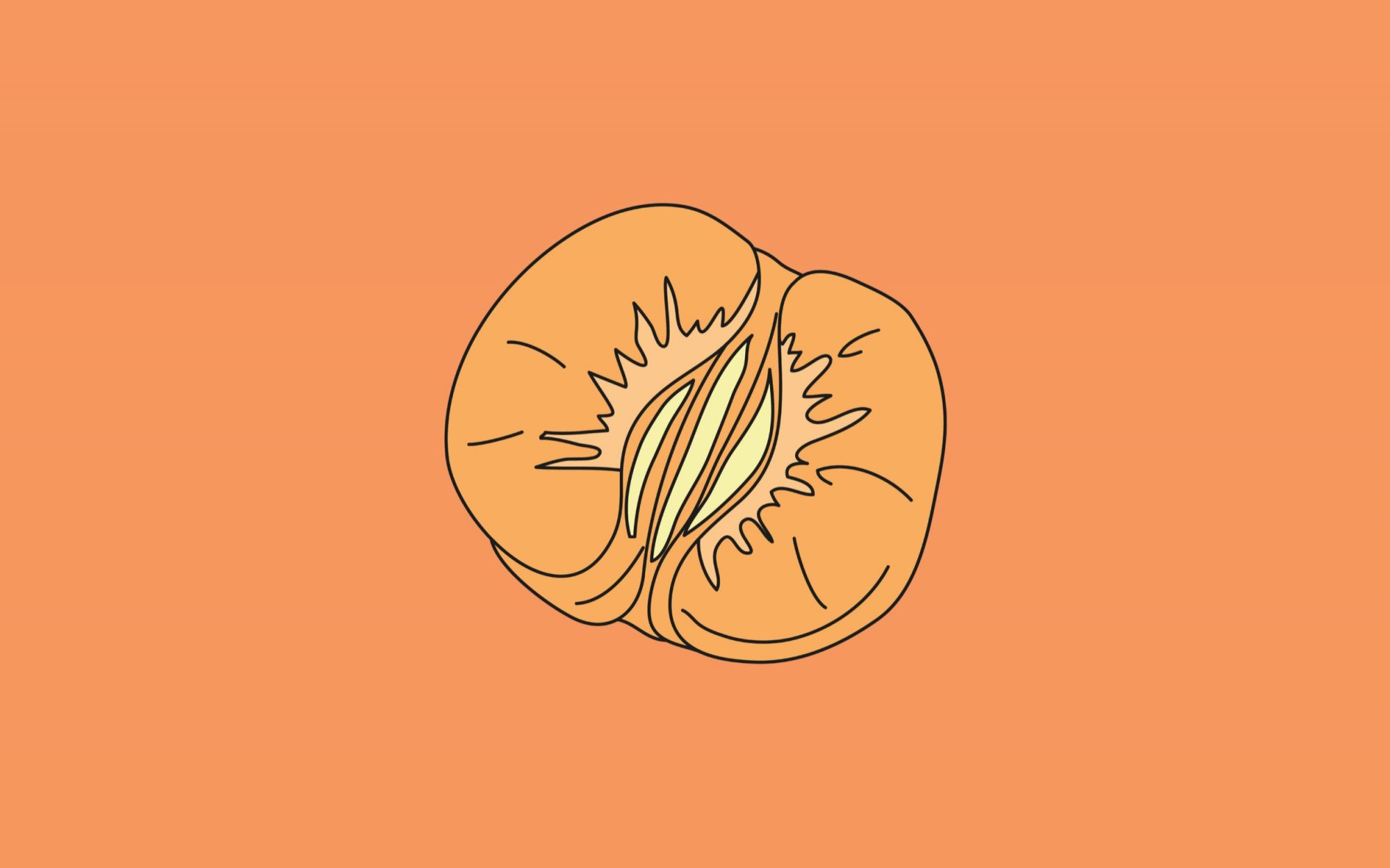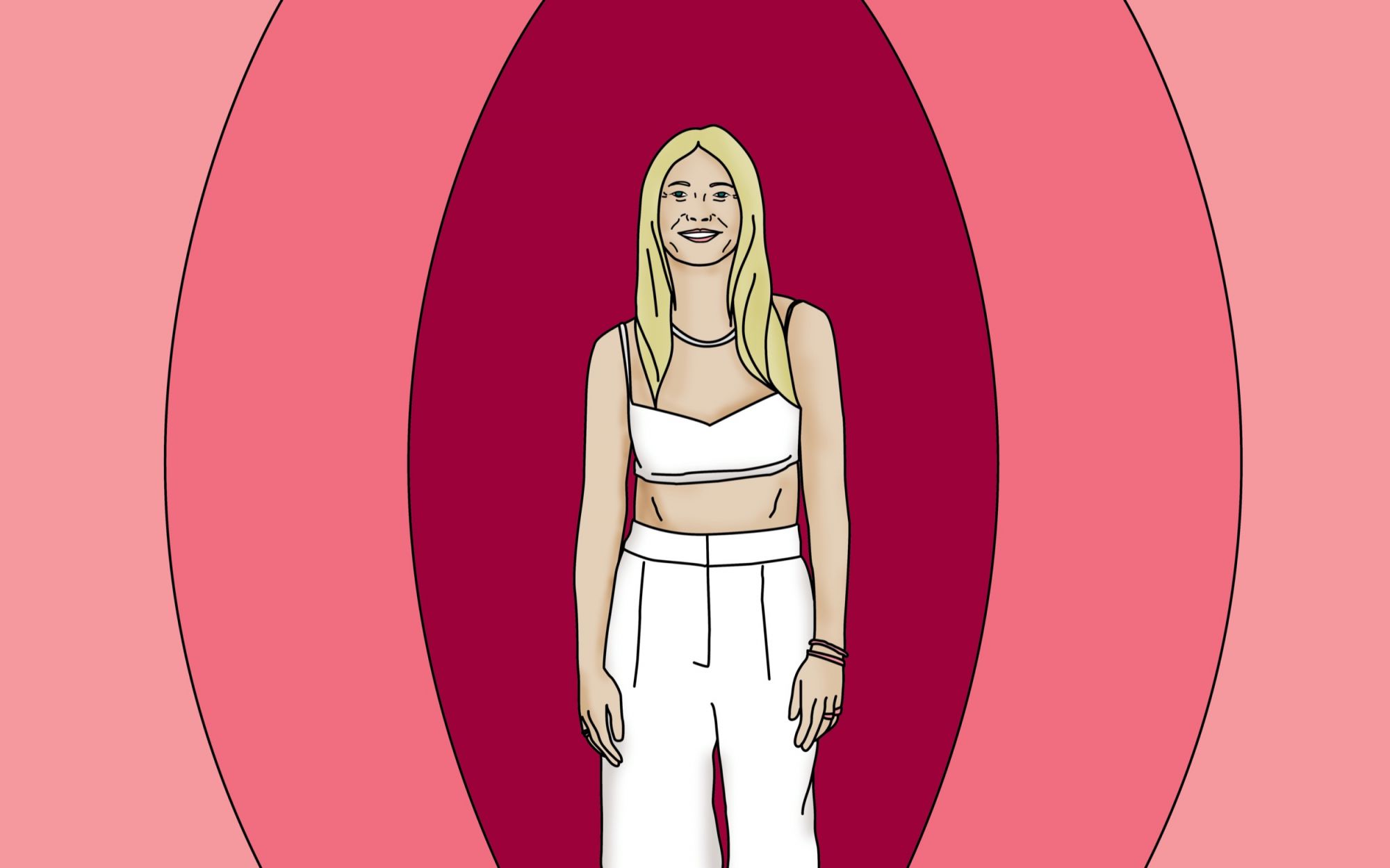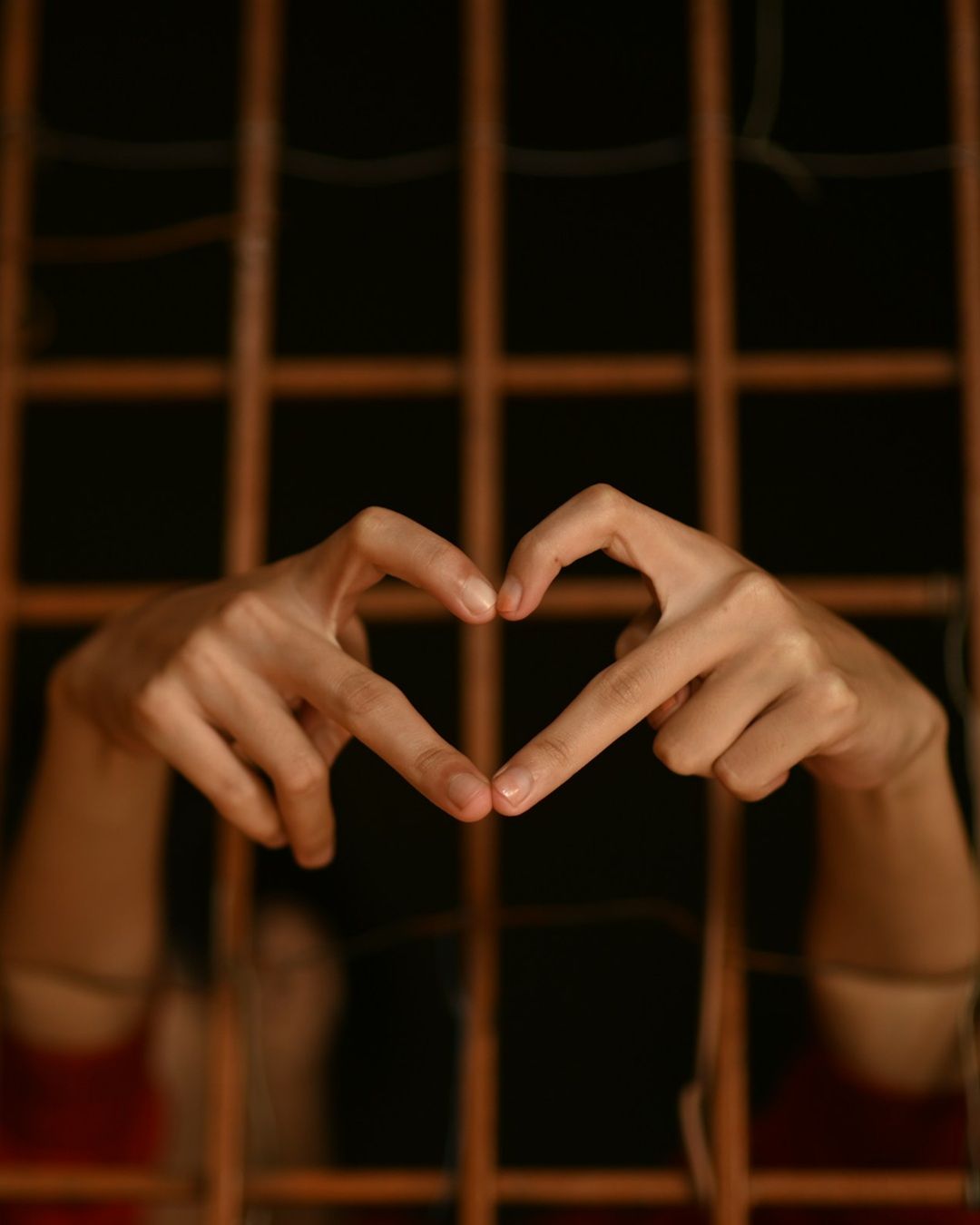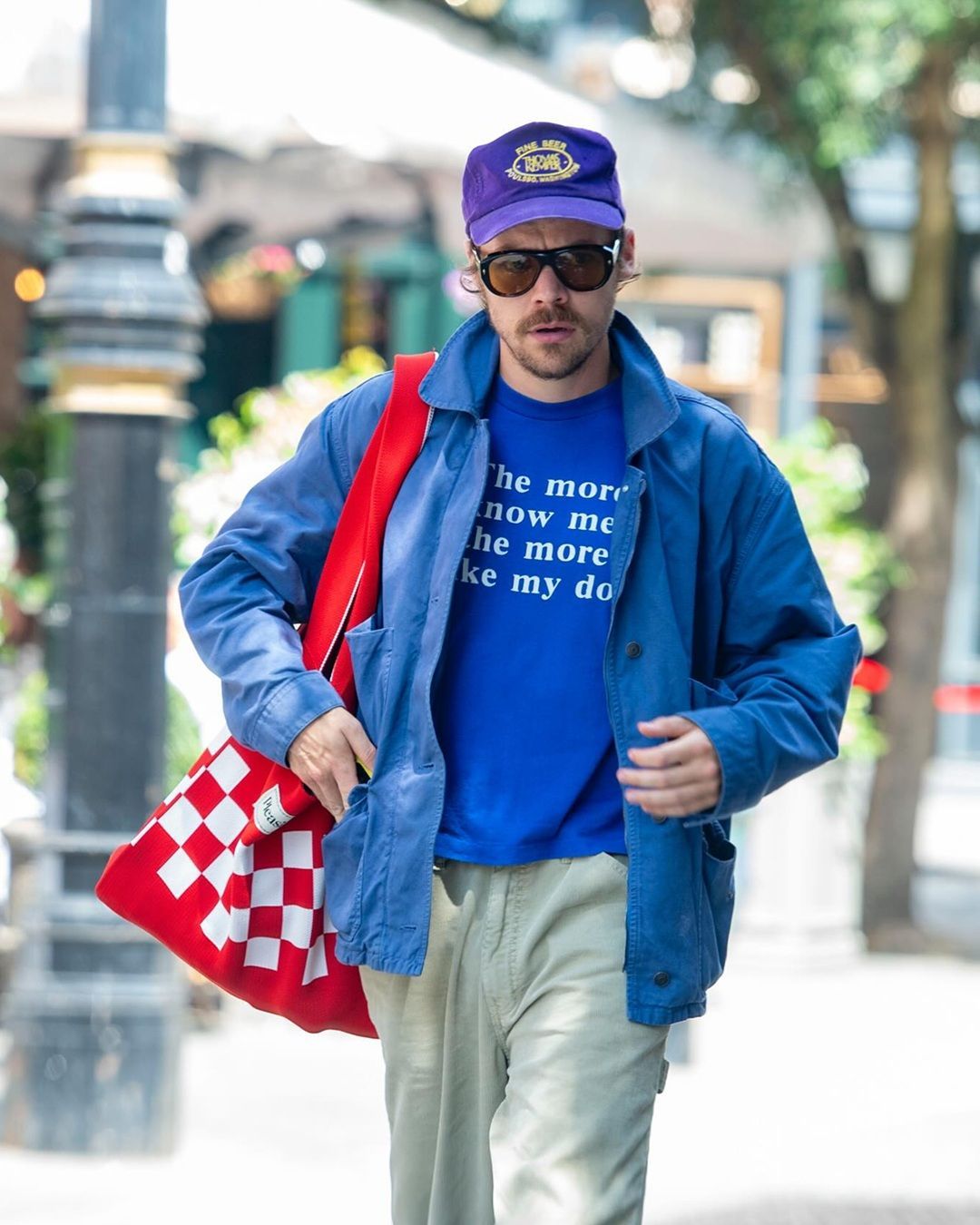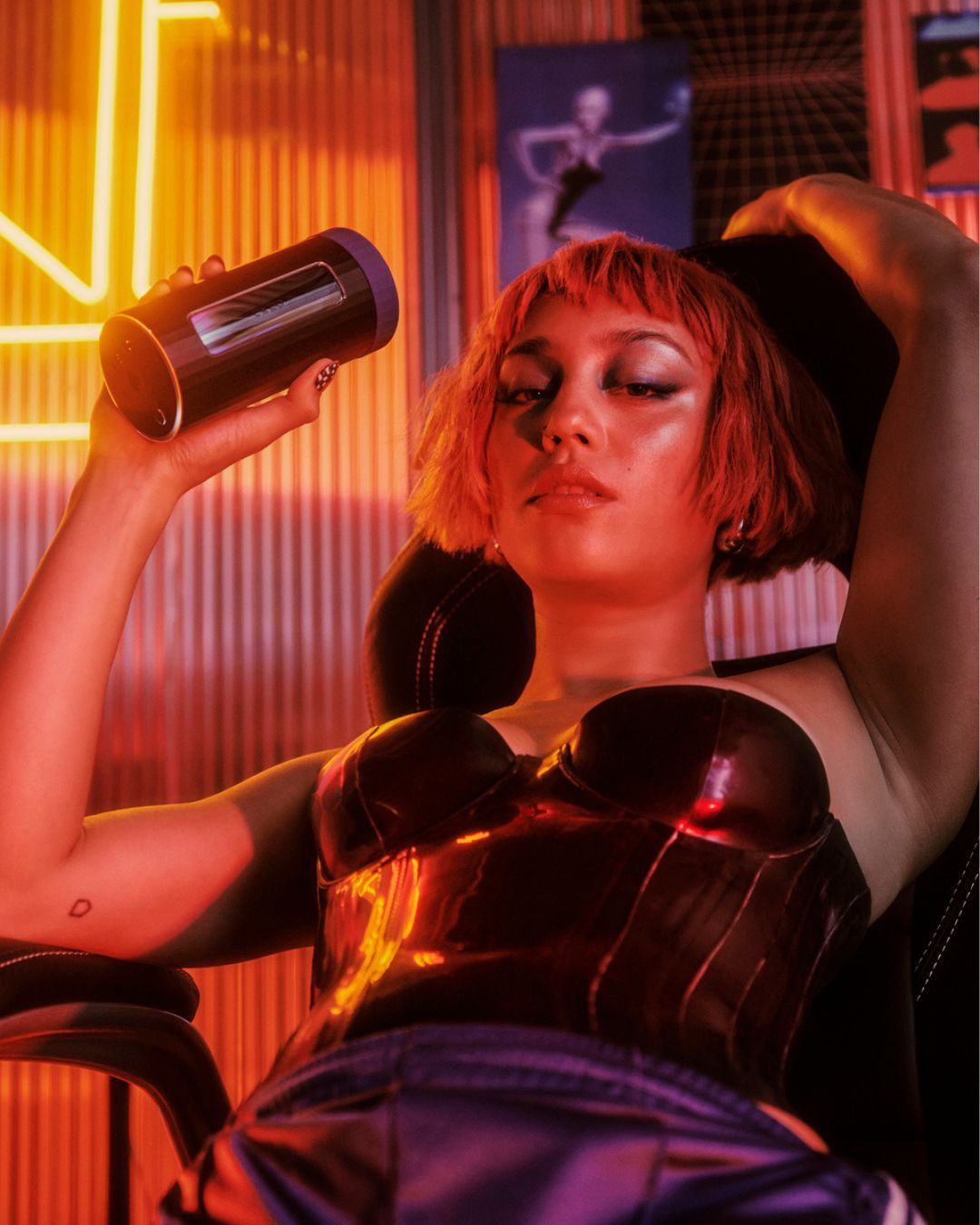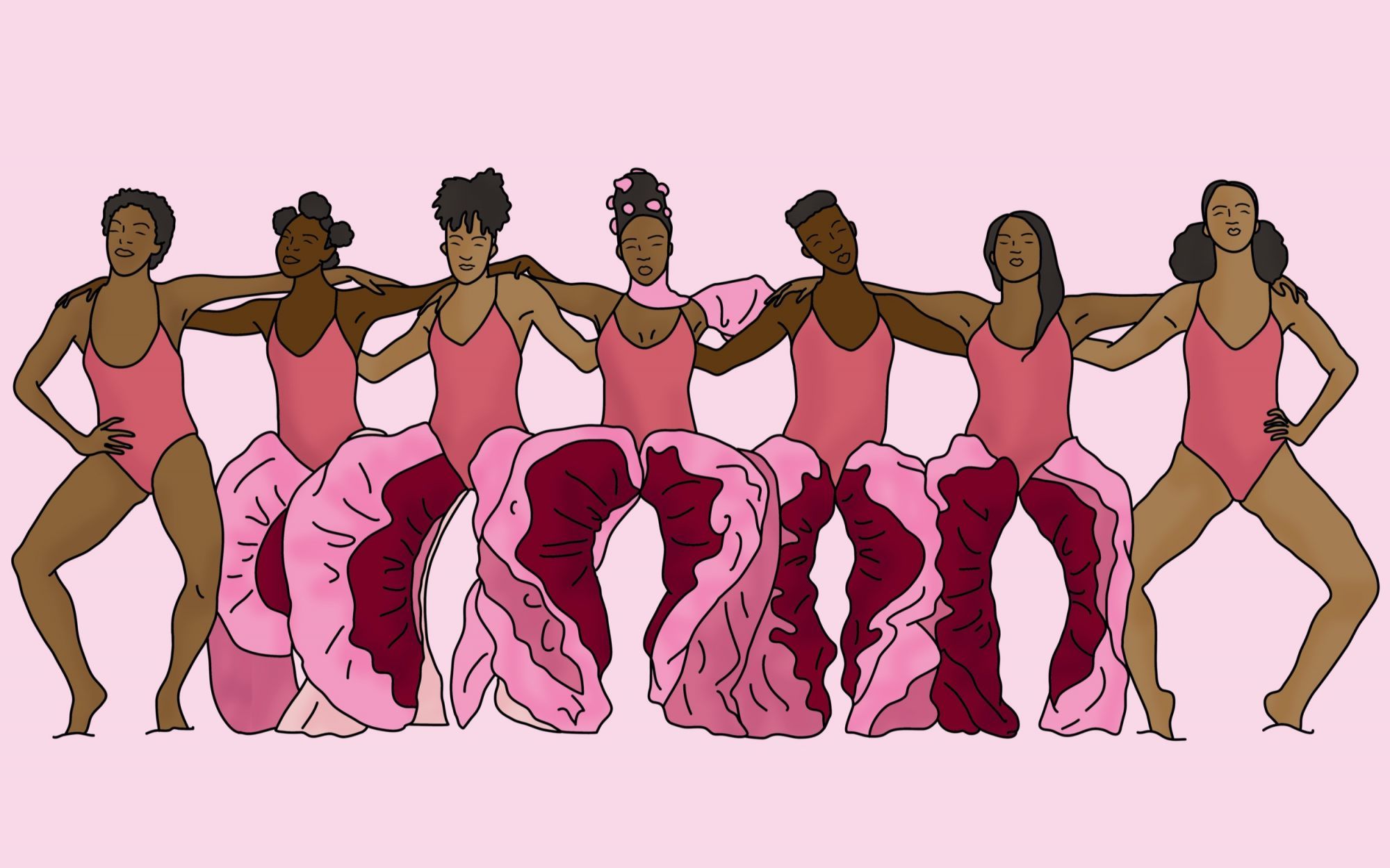
The new business of the vagina From Pussy Hats to Gwyneth Paltrow's 'The Goop Lab' how the narrative and representation of the female organ has changed
It’s a cultural firestorm when it’s about a woman’s vagina.
To pronounce these words was the one who most recently capitalized on the female reproductive organ, with products, treatments, and media operations always very much discussed. With Goop, her lifestyle and wellness brand, Gwyneth Paltrow has actually made it cool to talk about female genitalia, the treatments needed to keep them young and attractive, going to create a slice of the market and dashing the profile of an audience that until recently time before it didn't exist.
The episode of The Good Lab, the Netflix docu-series that explores the universe and aesthetics of a brand that is now worth 250 million dollars, entitled The Pleasure Is All Ours, is emblematic of the approach and narrative that is made today of the female reproductive organ. Perception, representation and debate about the vagina have always traveled on two parallel tracks: on the one hand shame, the embarrassment that for decades characterizes this matter, on the other the celebration, the ostentation, the result of a very recent awakening in the collective conscience.
It took the recordings of a Donald Trump not yet President of the United States to make the vagina a symbol of the resistance of millions of American women, and beyond. That "Grab Them By The Pussy" generated a new wave of feminist pride that claimed the media and communicative power of their reproductive organ, soon replicated on thousands of famous pink pussy hats. The female organ has transformed into the quintessential image of feminism 2.0 and has in fact led to exasperation, a kind of exaggerated reaction to the centuries of silence and "darkness" that accompanied the vagina.
On Instagram, in contemporary art galleries, advertising posters, music videos, on catwalks around the world, the vagina begins to be everywhere, ostentatious, flagged, claimed, exploited, always evoked, never represented in detail. In 2016 Stephanie Sarley's IG profile and her fingering food photos went viral, there was a multiplication of mandarins, oranges, grapefruits, with or without fingers in the vicinity, representing the new feminist pride, deeply linked to the spheres of pleasure and sexuality.
In the video for the song Pynk, Janelle Monaè wears a pair of pink pants with ruffles designed with the intention of looking like a vagina, from which at one point the head of actress Tessa Thompson pops up. The song is an anthem to female pleasure, to self-discovery, and as already happened in the past plays a lot on the duality of the term lips, which in English as in Italian applies to both the lips of the mouth and the genitals. According to many, however, Monaè's video and more generally the mainstream representation that has spread of vaginas, has generated a model too perfect and idealized, which lacks diversity, both in form and ethnicity.
It's in this space that the new business related to the vagina takes shape. Goop is the first promoter of treatments that would be aimed at improving the appearance and functionality of the vagina, such as genital vaporizations (apparently perfect for rejuvenating the organ); jade eggs to be inserted inside that would promote the resistance of the pelvic tissue and therefore sexual performance, along with regularizing the hormonal cycle; scented candles with the emblematic name This Smells Like My Vagina, which went viral and consequently sold out in just a few hours despite the price of 75 euros. It should be noted that two of the three products mentioned above are considered by doctors and experts not only useless, but even harmful to women's health, so much so that Paltrow was at one point forced to withdraw vaginal eggs from the market. However, according to the International Society of Aesthetic Plastic Surgery, plastic labia surgeries increased by 45% between 2015 and 2016. Even 9-year-old girls would have required this intervention.
It's in the shaming of the vagina that business is going: vaginal rejuvenation, gels, wipes, mostly useless creams, the message that passes is that whatever it looks, your vagina is not as it should be and therefore you need to change it. But this is precisely the crux of the matter: do women know what they have in their legs? Apparently not. In 2016 Eve Appeal, a charity that fights gynecological cancers, asked a sample of 1000 women to identify the anatomy of their reproductive organs in an illustration: 40% of them were unable to identify the vagina, the 60% could not indicate the vulva. Paltrow herself at the beginning of the show admits that she always misused the terms vagina and vulva, not knowing exactly what the difference was between the two.
There are certainly many factors that have contributed and continue to contribute to the level of ignorance and taboos surrounding the vagina, from the sex and anatomical education that is received in school to the kind of patriarchal society in which we live. A key role played her in the representation that the vagina was made in art and in the media. After centuries in which the female body was depicted by angelic, hairless traits, the legacy of a virgin image of the woman linked to the figure of Mary, in 1866 Gustave Courbet's painting The Origin of the World is an unprecedented earthquake. Unsurprisingly, the painting was not exhibited in a museum until 1995, and even today the reactions of spectators, who are faced with a faithful reproduction of an organ for decades ignored and hidden, are mixed. Because as much as we're used to seeing breasts and buttocks in movies, TV series and videos of various kinds, there still seems to be an insurmountable embarrassment and revulsion when it comes to the vagina.
The Goop Lab has the merit of having put in the foreground the image, literally, of so many different vaginas, a necessary and long-awaited operation that could have important consequences. It was born with the intention of making better known the shape and operation of the female genital organ the first Vagina Museum ever, opened in London last year. For an intelligent and fun anatomy lesson the show to watch is once again Big Mouth, in which young Jessie comes into contact with her body and sexuality thanks to a very kind and reassuring talking vagina.
Unrealistic expectations and an artificial and built representation of the female body, especially its reproductive organs, are also attributable to the imagery of porn. It's PornHub itself that admits that mainstream pornography has spread a totally fake image of the woman, and it is not surprising to find that in the most watched videos of 2017, only 18.3% staged a female orgasm - however exaggerated and once again unreal.
As the first and only owners of a vagina, it would be up to women to dictate its narrative and representation, without being influenced by stereotypes and clichés, trying not to turn everything into a business. In this sense, Goop's work, even with its limitations and exaggerations, can prove important for a new generation of women who want to find out what those magical lips whisper.



















































